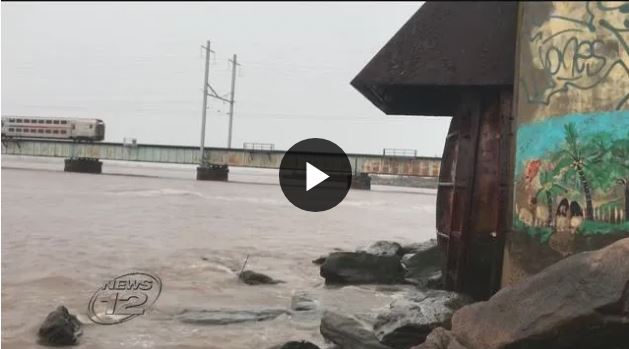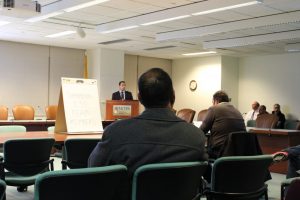 On March 7, after several years of measuring and modeling, representatives from the Clean Waterways, Healthy Neighborhoods coalition gave a presentation on the solutions being evaluated to reduce the sewage overflows for permit holders in the Passaic Valley Sewerage Commission (PVSC) region. Engineering consultant firms presented the evaluation of alternatives for Bayonne, East Newark, Guttenberg, Kearny, Jersey City, Paterson, and the North Bergen Municipal Utilities Authority. (See below for a list of alternative solutions discussed.)
On March 7, after several years of measuring and modeling, representatives from the Clean Waterways, Healthy Neighborhoods coalition gave a presentation on the solutions being evaluated to reduce the sewage overflows for permit holders in the Passaic Valley Sewerage Commission (PVSC) region. Engineering consultant firms presented the evaluation of alternatives for Bayonne, East Newark, Guttenberg, Kearny, Jersey City, Paterson, and the North Bergen Municipal Utilities Authority. (See below for a list of alternative solutions discussed.)
The Sewage-Free Streets and Rivers campaign is asking for public meetings to be held in every one of these towns to ensure that residents are informed about the impacts of sewage overflows and have input into the plans that are being developed, their costs, and the benefits or impacts the plans will have in the community. Residents who live in live in a municipality where no public meetings have been held on the evaluation of alternatives, should ask their city or sewer utility to share its plans, explain the alternatives and make sure the ideas and concerns of the community are included. Newark and Jersey City have scheduled presentations about the solutions under consideration in those municipalities, and Guttenberg and Kearny indicated that they will schedule additional meetings
“This will possibly be the largest capital expenditure in each municipality’s history,” said Michael Hope, the Greeley and Hansen consultant working on the Passaic Valley Sewerage Long Term Control Plan. “A Long Term Control Plan cost New York City $4.2 billion.”
Town by Town
In his article “Combating Sewage Overflows,” Mike Montemarano reported on the meeting and the presentations that were given for Bayonne (which has 28 outfalls, or pipes from which combined sewage overflows into the Newark Bay, Kill Van Kull and New York Bay, North Bergen (one outfall), Jersey City (21 outfalls) and Guttenberg (one outfall).
Among the remaining towns in the region:
- East Newark (one outfall) is a densely populated and heavily developed town, and is focusing on gray solutions including underground tanks, disinfection and an expansion of its sewer treatment plant.
- Kearny (five outfalls) is planning a partial sewer separation and underground storage. The town is also evaluating potential green infrastructure projects that were identified by Rutgers in its Green Infrastructure Feasibility Study for Kearny and sites identified by the Kearny AWAKE group.
- Paterson (23 outfalls) is looking at gray solutions including sewer modification, tunnels, offline-storage, disinfection, and sewer separation, and green infrastructure solutions that are estimated to reduce overflows by between 3 percent and 6 percent..
- Newark (18 outfalls) and Harrison (seven outfalls) did not have time to present.
The next meeting is planned for May.
Full presentations for each of the towns are posted on the Clean Waterways, Healthy Neighborhoods site.
Public meetings
The City of Newark is working with community partners to host a series of public meetings to gather community input on the evaluation of alternatives. Newark Stormwater Solutions is a dedicated website developed to gather community input on the evaluation of alternatives, and their community presentation is available for download in English, Spanish and Portuguese.
The Jersey City Municipal Utilities Authority is also hosting public meetings. It has a web page devoted to the Long Term Control Plan, including a survey to gather community input on the proposed alternatives to combined sewer overflows.
What are the options being considered to reduce overflows?
- Green infrastructure: Nature-based solutions, like rain gardens and permeable pavement, that capture stormwater where it falls, allowing it to absorb into the ground or be saved for later use before it enters the combined sewer system. These options reduce total storm flows or peak flows.
- Increased storage capacity in the collection system: Storing sewage and stormwater in the existing pipes or new storage structures (e.g., storage tunnels, underground or above-ground tanks) during a rainstorm allows it to be released to the sewage treatment plant slowly following the storm. Increased storage capacity can also come from cleaning existing combined sewers to reduce blockages and filled areas.
- Sewer treatment plant expansion and/or increased storage at the plant: Identifying opportunities to build more storage at the sewer treatment plant or build more capacity to process sewage and stormwater at the plant.
- Infiltration and inflow reduction: Fixing the combined sewers to reduce the amount of water that infiltrates into the pipes from cracks.
- Sewer separation: Adding a separate pipe system for stormwater that will discharge directly to a stream or river, which will reduce the volume in the sewage pipes that go to the treatment plant.
- End-of-pipe treatment of the CSO discharge: Adding sewage treatment, including disinfection, at the end of the outfall pipes.
- CSO-related bypass of the secondary treatment step at the sewer treatment plant: Creating more capacity at the sewer treatment plant by bypassing the secondary treatment of the mixture of sewage and stormwater. This approach results in partial treatment of the combined sewer flows during storms, rather than complete treatment of part of the flow and no treatment of the overflows.

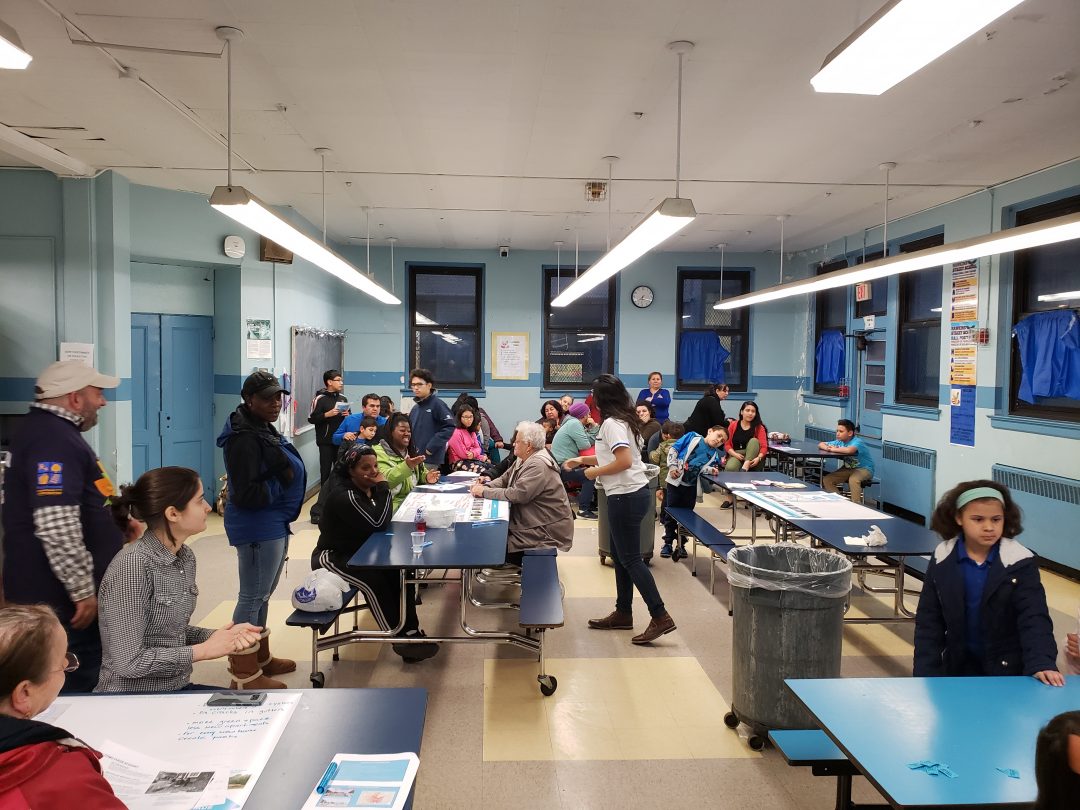

 On March 7, after several years of measuring and modeling, representatives from the
On March 7, after several years of measuring and modeling, representatives from the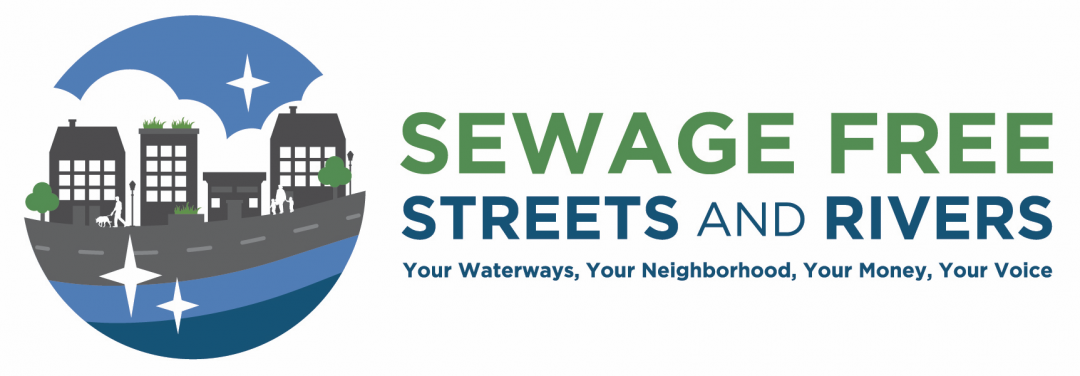
 What happens when you flush the toilet? Mary Anna Evans answers this question in her article, “
What happens when you flush the toilet? Mary Anna Evans answers this question in her article, “
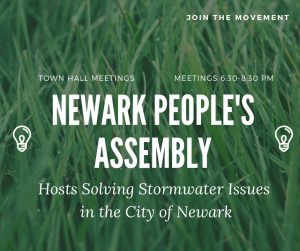 Newark People’s Assembly, a new initiative launched by the city, is hosting a series of town-hall meetings to discuss alternative ways to solve the stormwater and sewage overflow issues in the City of Newark. There will be 10 community meetings in total, two in each of Newark’s five wards. Drew Curtis, the senior equitable development manager of Ironbound Community Corporation, who is organizing these meetings with the city, said he wants “to ensure real and authentic feedback from residents on the alternative ways to solve stormwater and Combined Sewer Overflow issues.” The main topics to be discussed during these meetings will be flooding, water quality, litter and illegal dumping, bad smells, and affordability of the different alternatives.
Newark People’s Assembly, a new initiative launched by the city, is hosting a series of town-hall meetings to discuss alternative ways to solve the stormwater and sewage overflow issues in the City of Newark. There will be 10 community meetings in total, two in each of Newark’s five wards. Drew Curtis, the senior equitable development manager of Ironbound Community Corporation, who is organizing these meetings with the city, said he wants “to ensure real and authentic feedback from residents on the alternative ways to solve stormwater and Combined Sewer Overflow issues.” The main topics to be discussed during these meetings will be flooding, water quality, litter and illegal dumping, bad smells, and affordability of the different alternatives. 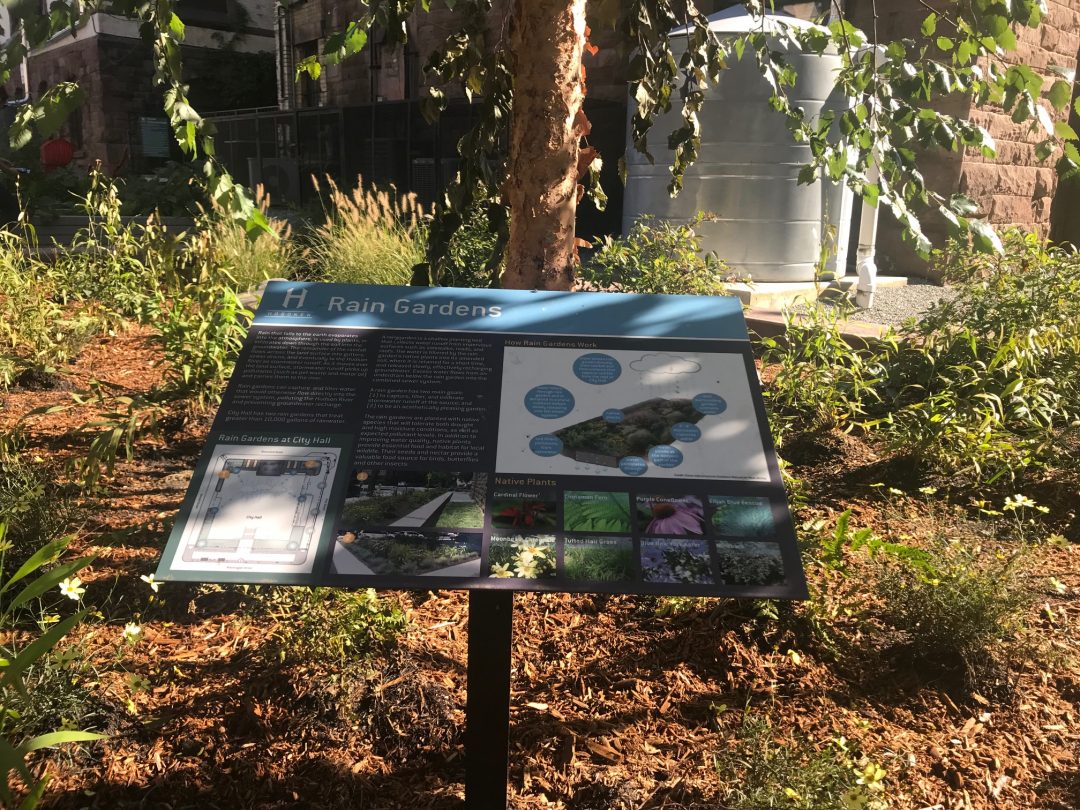

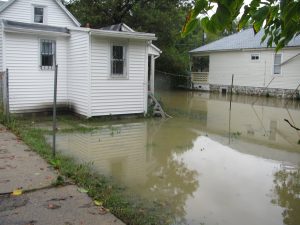

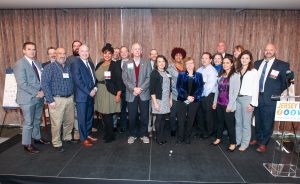
 A statewide coalition today unveiled Sewage-Free Streets and Rivers, a coordinated campaign across New Jersey communities with combined sewer systems that overflow raw sewage during heavy rainfalls. These overflows can cause sewage backups into basements and streets, and dump an estimated 23 billion gallons of raw sewage into New Jersey’s waterways annually.
A statewide coalition today unveiled Sewage-Free Streets and Rivers, a coordinated campaign across New Jersey communities with combined sewer systems that overflow raw sewage during heavy rainfalls. These overflows can cause sewage backups into basements and streets, and dump an estimated 23 billion gallons of raw sewage into New Jersey’s waterways annually.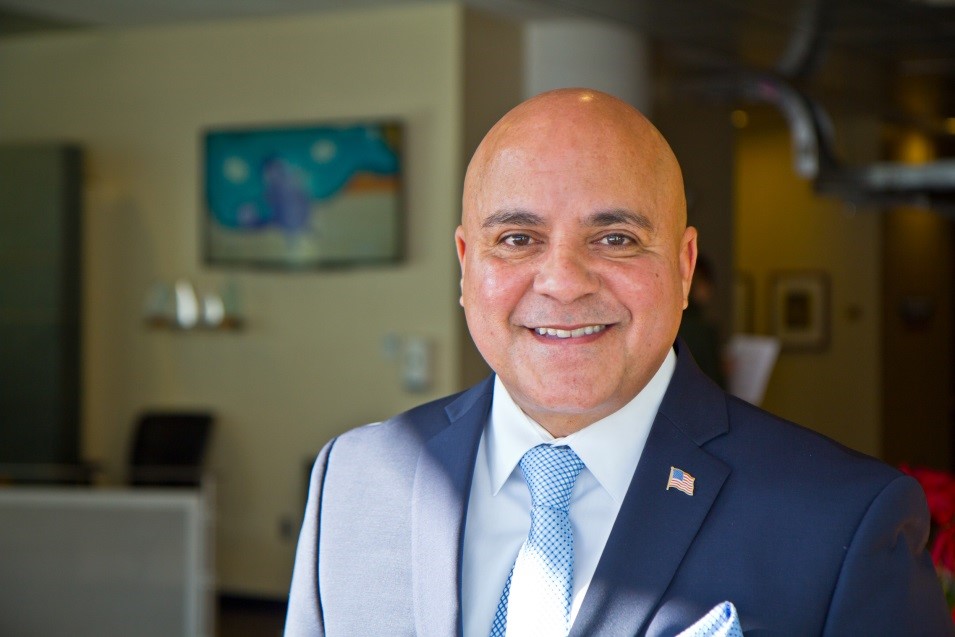
 Recent flooding has exposed the need to address the City of Camden’s aging sewer system. Mayor Frank Moran recognizes the challenge and is working on a plan to reduce flooding and combined sewer overflows. “We can put together a plan, as we put the right folks in office into position to make the determination as to what it is that we need to do,” Moran said.
Recent flooding has exposed the need to address the City of Camden’s aging sewer system. Mayor Frank Moran recognizes the challenge and is working on a plan to reduce flooding and combined sewer overflows. “We can put together a plan, as we put the right folks in office into position to make the determination as to what it is that we need to do,” Moran said.